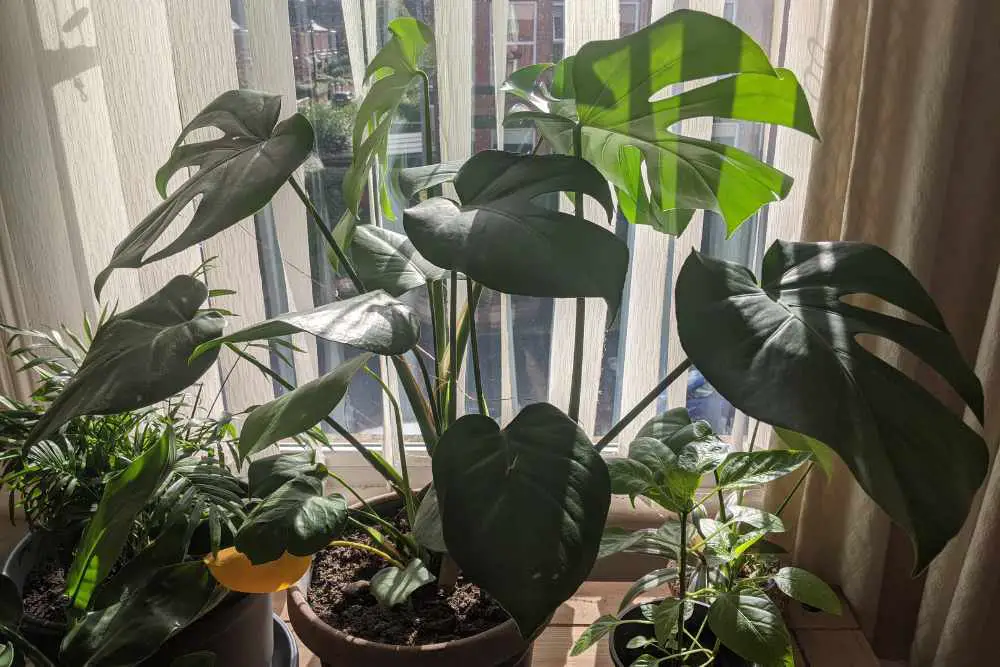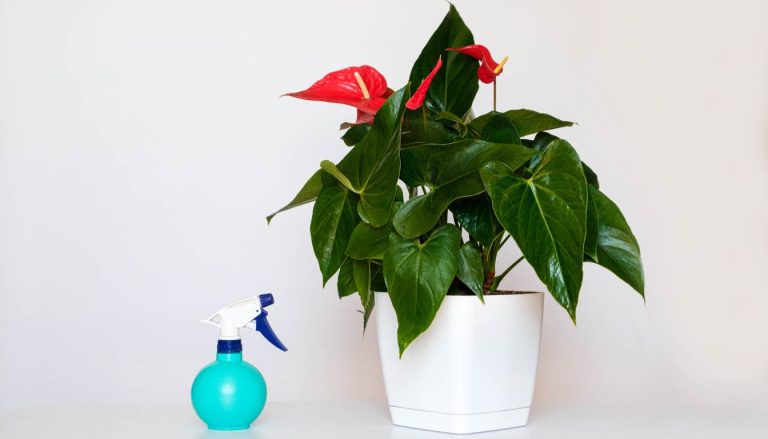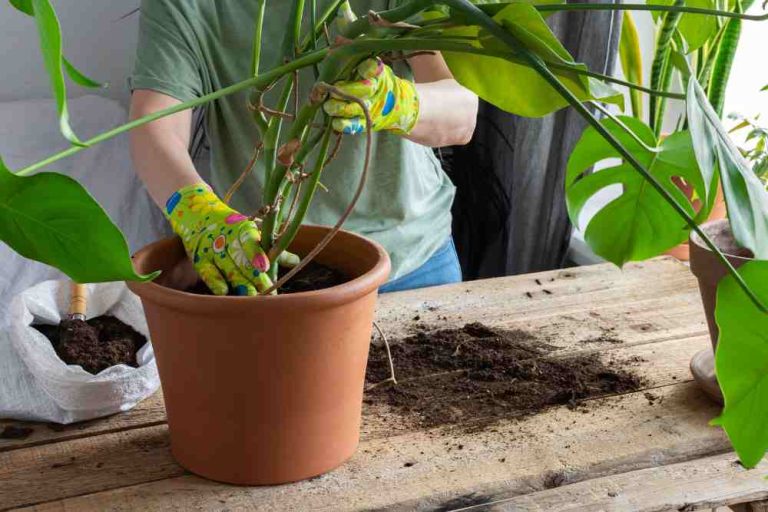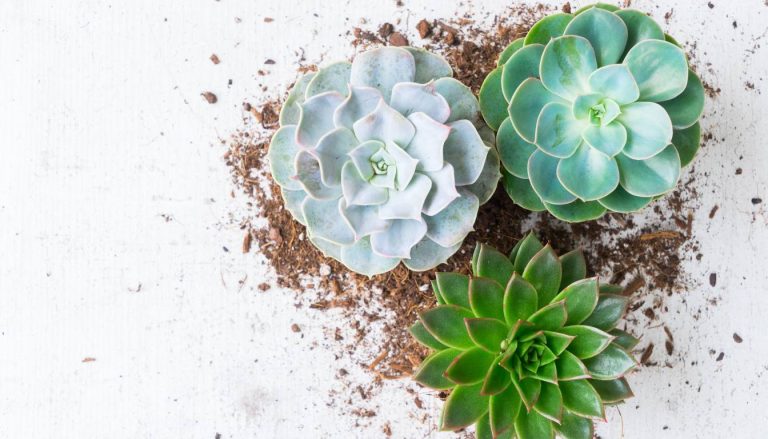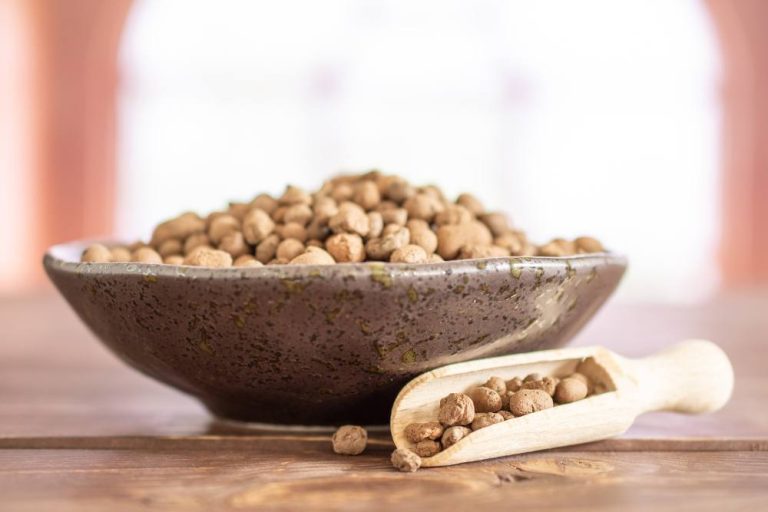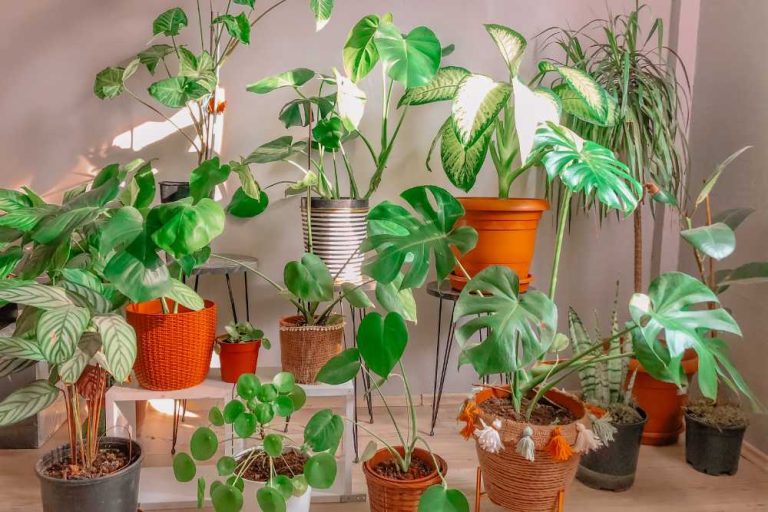How to Get Rid of Black Spots on Houseplants Leaves: A Comprehensive Guide
Black spots on your houseplants leaves are a common indicator that something is wrong with it. This article will explain what are the reasons for black spots on houseplants leaves.
Why Do Home Plant Leaves Have Black Spots?

1. Fungal Infection
Most indoor plants are eye-catching and necessitate meticulous care. Fungal infection causes sudden black patches on houseplant stems and foliage.
Remember that some houseplants are more resistant to leaf spots than others. Nonetheless, all plants can receive the same treatment for black spot fungus. These fungi-based diseases are spread by water splashes and thrive in moist environments.
Wet leaves are more prone to fungus infection (leaf spots). To avoid fungal infection on the leaves and stems, water the plant from the bottom rather than the top. When the humidity is low, you should also avoid spraying the leaves. Remove and discard the afflicted leaves. To aid in the treatment of leaf spots, apply a horticultural fungicide. Make sure to keep the affected houseplant away from the others.
2. Viral and Bacterial
Infections lack spots can be a sign of a viral or bacterial infection. When this type of problem affects plants, they become stressed, and the outcome isn’t always as good as when fungal diseases occur.
The leaves on your plant should all be removed if you are certain that this is what is causing the black spots on the leaves. Sanitation and prevention are two other suggestions for dealing with a viral or bacterial disease. You may help by doing the following: Keep healthy plants separate from unhealthy ones. Between uses, sterilize any equipment. Pay special attention to and care for your plant.
3. Direct Sunlight
The majority of indoor plants prefer medium to bright indirect sunlight. To promote greater growth, the situation usually mirrors their native habitat. Long-term exposure to direct sunlight will burn and harm the leaves.
Sunburn can also cause leaf withering and the appearance of brown blotches on the surfaces of the leaves. The greatest approach is to move the houseplant from its existing location. It will prevent sunburn problems on the foliage of indoor plants.
4. Water Quality
Due to poor water quality, houseplant leaves are more likely to discolor. Tap water contains toxic substances that may harm the leaves of your plants. Use distilled water or rainfall to water your houseplant. It is the most effective method of preventing black spots on houseplant leaves.
5. Nutritional Deficiencies
Houseplants do not require as much water as their outdoor counterparts. Yet, these plants require fertilizer for nutrition and growth. The leaves of your houseplant will begin to spot if you don’t give them enough nourishment. These spots are typically black, yellow, or brown on the leaves.
6. Root Rot Issue
Overwatering the houseplant causes the problem. With wet and saturated soil, the majority of indoor plants do not flourish. Root rot difficulties are frequently made easier by the moist environment. In the end, the roots turn mushy and unpleasant.
Later, the condition prevents the roots from performing their tasks. Your houseplant’s leaves will become yellow and brown. If the root situation is severe, black blotches will appear on the stems and leaves.
You can unpot the houseplant and examine the roots. If the roots develop brown spots and have a terrible odor, this indicates a root rot problem. With sterilized scissors, cut out the damaged roots. Repot the houseplant in a new container with drainage holes at the bottom and new potting mix.
7. Pests
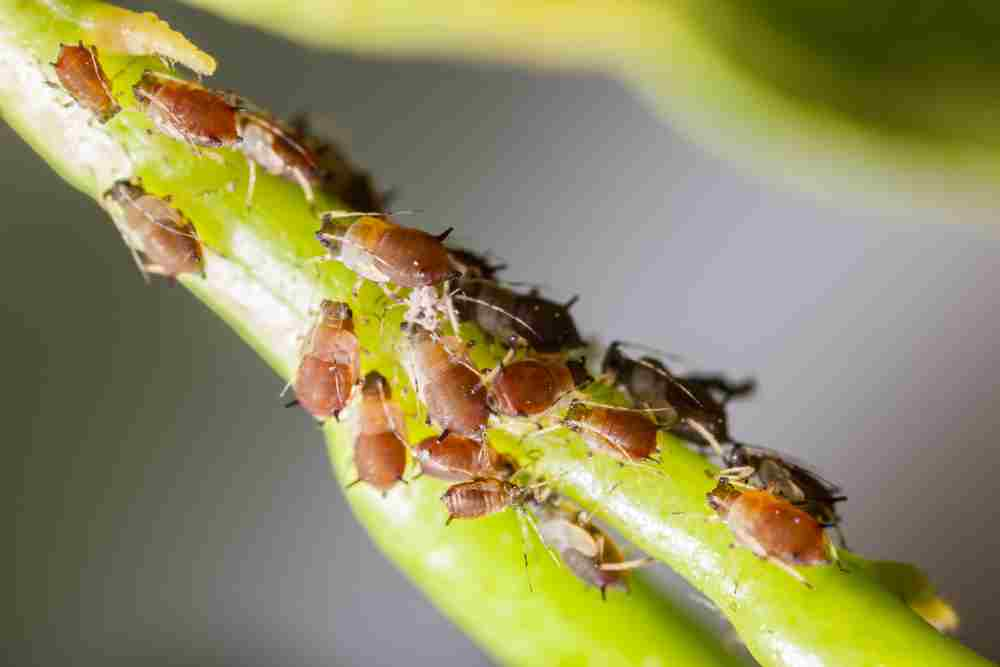
Pest infestation is a typical cause of spots on plant leaves. Aphids, spider mites, scale, and mealybugs are the most common pests. In some regions, thrips, gnats, and root mites are also common. The “great” news is that you can usually tell who’s responsible for the damage by looking at it:
Aphids appear out of nowhere and gather in groups around tender leaves, shoots, and stems. Aphids generate sickly, yellowed leaves and discolored spots if they mass in sufficient quantities, which they aim to do tremendously. They also excrete sweet nectar, which encourages the growth of black sooty mold.
Another bad guy from the scale family is the mealybug. Their colonies appear as cottony masses around joints and below the foliage thanks to the addition of an unique fuzzy wrap. The leaves beneath them are frequently sticky and dark with sooty mold, just like with other honeydew excreters.
On leaves, spider mite damage appears as silver, yellow, or dark pinhole-sized mottling. You may recognize these unpleasant arachnids with the use of a magnifying lens because they are little, only growing to an adult size of.016 inches (.4 mm) in length. They make small webs under leaves and in joint spaces.
Scale are unique little pests with a history that mimics an aphid. Their honeydew covers lower leaves and frequently turns black due to mold; the holes they make are typically silvery or yellowish. The mature scale lacks legs and resembles a bump on the plant.
- If you’ve detected a bug problem, you should remove severely damaged leaves (and discard them safely).
- Many farmers treat the entire plant while leaving partially damaged leaves untreated.
- These pests respond to being completely treated with an eco-friendly insecticide like insecticidal soap or horticultural oil and then hosed off to minimize their population.
- Also safe and useful are neem oil and diatomaceous earth (DE).
- Rubbing alcohol also works.
For Preventing Future Outbreaks
Maintain the circulation of air – To increase airflow, weed the soil. Mulch should be applied evenly around the base of the tree or shrub, giving a ring of room between the mulch and the trunk. Decrease the likelihood of weed growth while enhancing the area’s capacity to dry more thoroughly.
Properly water your plant or tree – The soil should be watered directly. Make sure the leaves are completely dry. Overwatering should be avoided. Allow the soil to totally dry before watering it once again. Rainy weather is not the time to water.
Keep on raking – Remove any diseased leaves that may have naturally fallen from the plant or tree at the base. Remove all fallen leaves, whether sick or not, because beds of dead leaves absorb and retain moisture, producing a breeding environment for the disease. Rake straight up to the first snowfall of the winter, or even later if necessary; the disease may survive the cold season and reinfect the plant or tree in the spring.
Reduce the size of the lower canopy – It is preferable to prune from the ground up. You should start in the lower canopy since lower leaves are more likely to have black spot disease. Lower branches should be pruned back so they can receive sunshine, while higher branches should be left. Pruning the lower canopy is also safer because you won’t have to reach those high up branches.
- 15 Ingenious Kitchen Garden Ideas to Cultivate Freshness Right at Home - April 7, 2024
- 10 Top Picks Best Plants for Open Terrarium - April 2, 2024
- 21 Easy and Cheap Walkway Ideas for a Charming Garden - March 31, 2024

